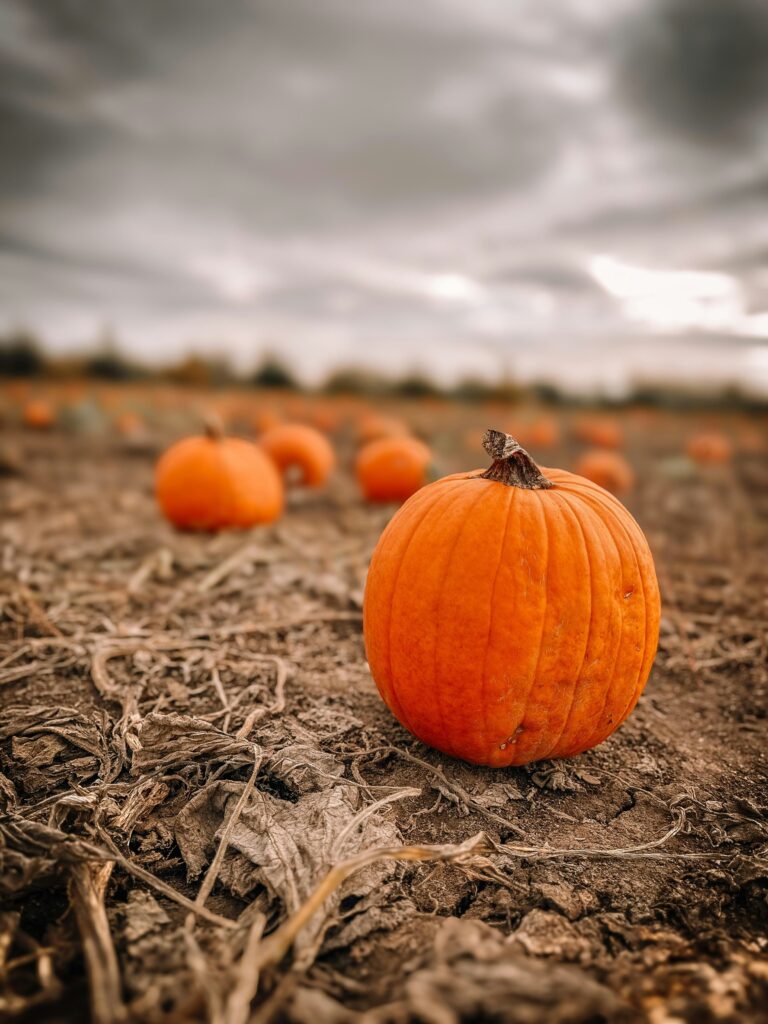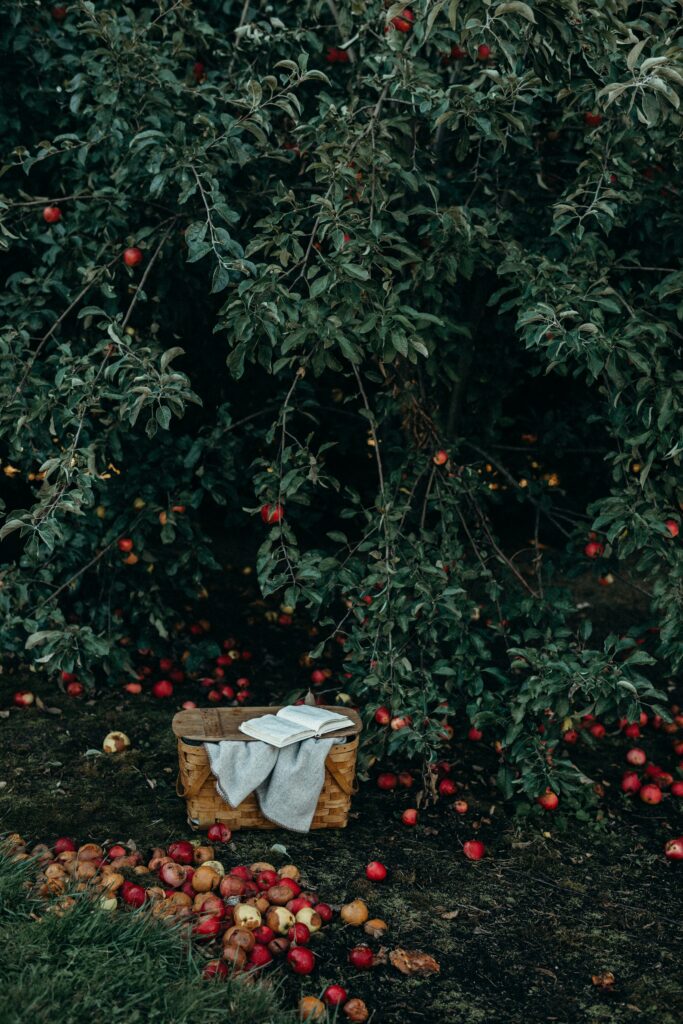Why Preparing Your Garden for the Fall Matters
Fall is often overlooked by gardeners, but it’s one of the most important times of year to care for your soil, clean up plants, and set the stage for next season’s growth. Preparing your garden for the fall ensures:
- Healthier soil for spring planting
- Reduced pests and diseases
- Better use of fallen leaves and organic matter
- An extended harvest with cool-season crops
The good news? With a few eco-friendly practices, your garden can thrive well into the colder months while also reducing waste.

Step 1: Clean Up Without Being Wasteful
Instead of bagging up dead plants and leaves for the landfill, think about how you can reuse them:
- Leave the leaves: Shred fallen leaves and spread them as mulch. This protects soil, adds nutrients, and reduces erosion.
- Cut, don’t yank: When removing annuals, cut them at the base instead of pulling them out. Roots left in the soil improve organic matter.
- Compost wisely: Diseased plants should be removed, but healthy clippings can go straight into your compost pile.
Step 2: Feed and Protect Your Soil
Soil is the foundation of a healthy garden. Fall is the best time to enrich it:
- Add compost: Spread a layer of compost over your garden beds to restore nutrients.
- Plant cover crops: Rye, clover, and vetch help prevent soil erosion, add nitrogen, and improve structure.
- Mulch heavily: Apply 2–3 inches of organic mulch (leaves, straw, wood chips) to protect soil organisms during winter.
Step 3: Extend the Harvest with Cool-Weather Crops
Don’t put your garden to bed too early. Many vegetables thrive in cooler weather:
- Greens: Kale, spinach, and lettuce can be planted in late summer for fall harvest.
- Root crops: Carrots, beets, and radishes do well in the cool soil.
- Garlic: Plant in fall for a robust summer harvest next year.
Pro tip: Use row covers or cold frames to protect plants from frost and extend your growing season.
Step 4: Eco-Friendly Pest & Disease Prevention
Fall cleanup helps prevent pests from overwintering in your soil and debris:
- Remove diseased plants and dispose of them safely.
- Rotate crops each year to avoid soil-borne diseases.
- Encourage beneficial insects like ladybugs and lacewings by leaving some natural habitat (native grasses, wildflower patches).

Step 5: Plan Ahead for Spring
Fall is also the perfect time to think ahead:
- Plant bulbs such as tulips and daffodils for early spring color.
- Take notes on what worked (and what didn’t) this growing season.
- Sharpen and store tools properly to extend their life.
Eco-Friendly Gardening Tools & Supplies
If you’re looking for sustainable tools to help with fall prep, consider:
- A compost tumbler for faster, odor-free composting
- Reusable fabric grow bags for cool-season crops
- A mulching mower to shred leaves into natural fertilizer
(You can find eco-friendly gardening supplies on Amazon — links available through our affiliate partners.)
Final Thoughts
Preparing your garden for the fall is more than just tidying up — it’s about working with nature to recycle nutrients, protect your soil, and keep your garden thriving year after year. With sustainable practices like composting, mulching, and planting cover crops, you’re not only improving next season’s harvest but also reducing your environmental footprint.


